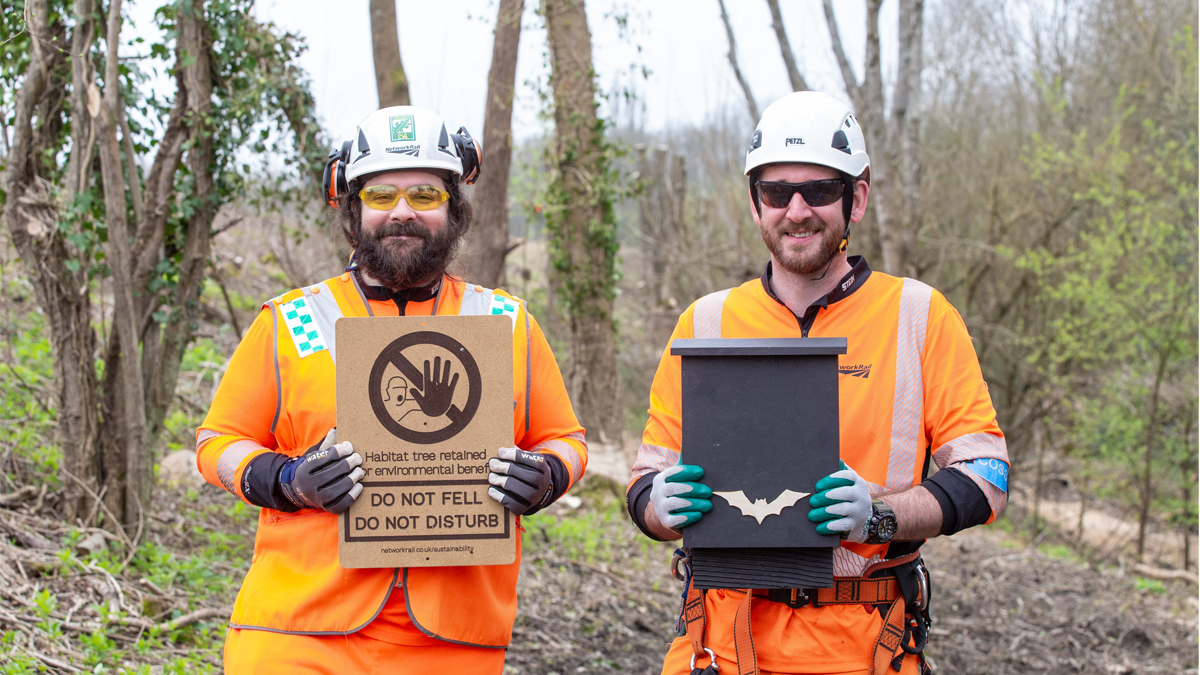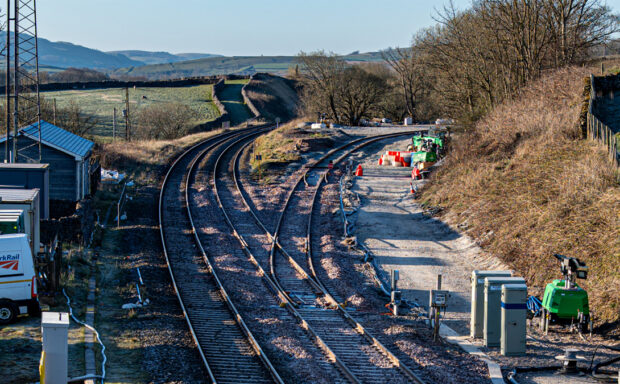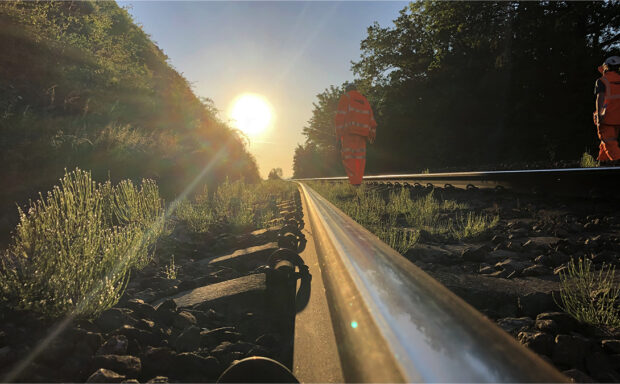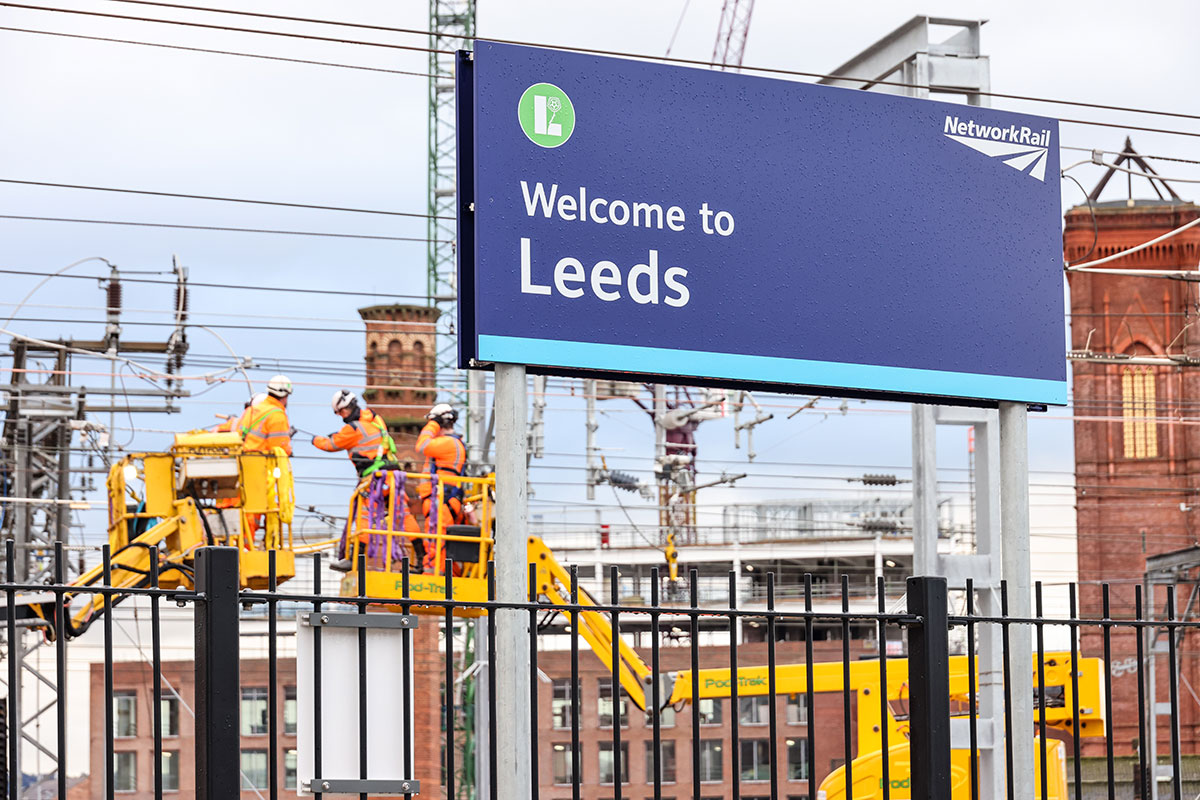Part of our work looking after the railway includes caring for the nature around the railway and helping it flourish. And we’re using some of the trees near our lineside to do exactly this …
Balancing a safe and green railway
Trees next to the tracks can cause several problems to the safe running of our railway. They can fall in front of trains during severe weather, obscure signals and the leaves they shed in autumn can make it harder for trains to grip the track. But trees also play an important role in biodiversity.
Neil Strong, a biodiversity strategy manager at Network Rail, said: “Unmanaged woodland is great in some ways, but it’s just not suitable to run a railway through.”
This is why we must maintain a careful balance between creating a safe lineside for our trains and helping the biodiversity of these green spaces.
In fact, the land next to the railway can play an important role here because wildlife thrives on edges where there’s lots of light and different plant species. Traditional woodland has canopies that close over the ground and shade it – but our railway is in many instances the perfect edge.
We can also help wildlife here through veteranisation – using dead trees to make them safe for trains and great habitats for creatures.
Chiltern Main Line
We’ve been busy at work on the Chiltern Main Line from Beaconsfield, Buckinghamshire to London doing exactly this.
Teams have been working their way along the lineside here, cutting trees back from the railway’s edge – to the mandated seven metres. Meanwhile, our arborists – or tree surgeons – have been following them.
We’ve cut away a ring of bark low down on the trees in areas where we need to clear trees from too close to the track. This keeps the trunk standing but stops it from growing anymore above stump level.
These so-called veteran trees are unlikely to fall over. If they did, they’d sit far enough away from the tracks to stay safe. You’ll see lots of those along the Chiltern Main Line this summer.
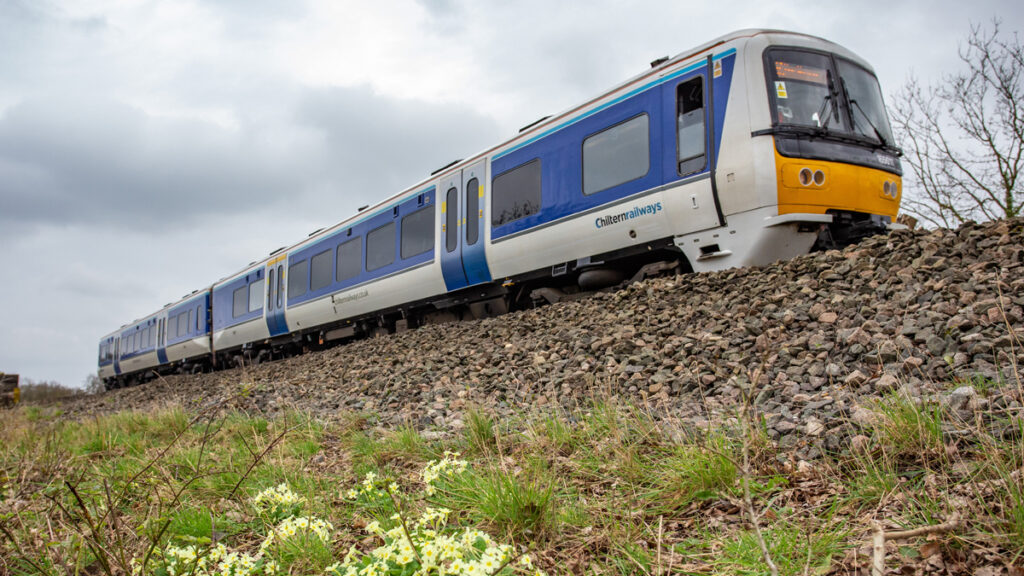
We’ve then been recreating some of the features of older trees on these modified trees using modern forestry techniques. For example, we’ve added fake lighting strikes by cutting cracks with chainsaws, drilled fake woodpecker holes and knots for creatures to crawl into. We’ve even installed bird and bat boxes and created dead hedges -or intertwined tree branches – and log piles.
Chris Callaghan, a senior arboriculturalist at Network Rail, said: “It’s hard to imagine that old, dead trees can be homes to wildlife but they are fantastic places for birds, bats, beetles and many other species.”
You can find some of these species and more in these veteran trees along the line.
Neil said this process helps us “manage our railway so it can provide the best possible home for species, and also be safe for trains”.
Find out more about our work to improve biodiversity on the railway by visiting NetworkRail.co.uk/sustainability.
